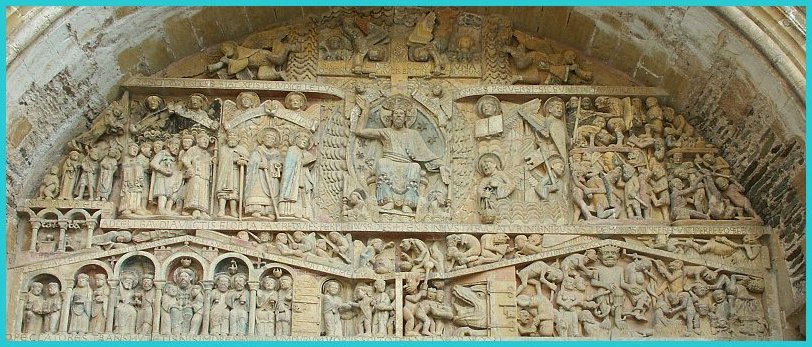
Introduction to Sainte Foy, Conques, France
The site became famous because it housed the relics of Sainte Foy, the daughter of a wealthy family in Agen who had converted to Christianity and thus refused to sacrifice to the pagan gods. In one of the last persecutions of Christians by the Romans, in 303 the proconsul Dacien condemned this 12-year old girl to be burned alive according to the imperial edict of Diocletian. Although the flames were "miraculously" extinguished, the young martyr was then beheaded. Her remains were saved and in later years miracles were attributed to their presence. Once the relics were situated at Conques, they attracted many pilgrims; stories of the blind seeing again or prisoners being freed are attributed to the saint's intercession. (The depiction of Sainte Foy on the tympanum of the church includes shackles hanging above her figure as a way of emphasizing these miracles.) Today in the Treasury of the church one can see some of the most fabulous golden religious objects in France, including the very famous gold and jewel-encrusted reliquary statue of St. Foy.
Index to Images of Sainte Foy, Conques, France
(131 images; all of the images were photographed in 2007)
Works Consulted or Quoted:
Kenneth John Conant. Carolingian and Romanesque Architecture: 800-1200. New York: Penguin, 1959; 1978.
Julie Roux [in collaboration with others]. The Roads to Santiago de Compostela. Vic-en-Bigorre Cedex, France: MSM, 1999-2004.
 Click here to return to index of art historical sites.
Click here to return to index of art historical sites.
 Click here to return to index of artists and architects.
Click here to return to index of artists and architects.
 Click here to return to chronological index.
Click here to return to chronological index.
 Click here to see the home page of Bluffton College.
Click here to see the home page of Bluffton College.
© 2007 Mary Ann Sullivan.
I have photographed (on site), scanned, and manipulated all the images on these pages. Please feel free to use them for personal or educational purposes. They are not available for commercial purposes.


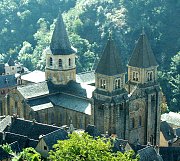
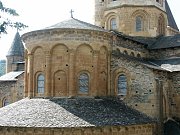
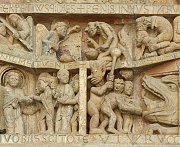

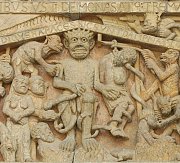
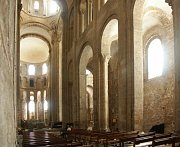
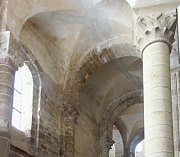
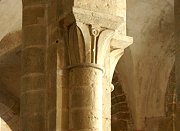
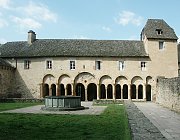
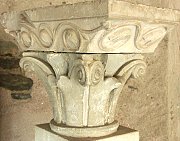
 Click here to return to index of art historical sites.
Click here to return to index of art historical sites.
 Click here to return to index of artists and architects.
Click here to return to index of artists and architects.
 Click here to return to chronological index.
Click here to return to chronological index.
 Click here to see the home page of Bluffton College.
Click here to see the home page of Bluffton College.

